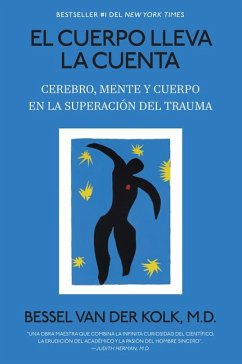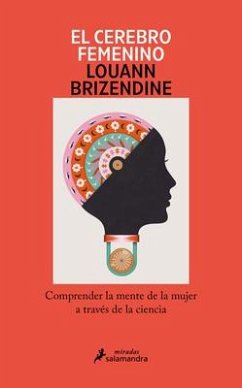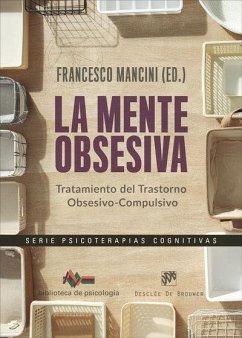
Atrapados En La Mente

PAYBACK Punkte
9 °P sammeln!
Who hasn't repeatedly retraced their steps to check the closure of the gas valve or the front door before leaving on a trip? Review, over and over again, an academic work that is already finished, or create several backup copies of the same document? Clean what is already clean, check what is already done, review what is already finished, organize what is already organized. These are all behaviors symptomatic of obsessive disorders. However, in some circumstances, we consider them absolutely normal. They respond to a need for security, social acceptance or even self-esteem. So where lies the d...
Who hasn't repeatedly retraced their steps to check the closure of the gas valve or the front door before leaving on a trip? Review, over and over again, an academic work that is already finished, or create several backup copies of the same document? Clean what is already clean, check what is already done, review what is already finished, organize what is already organized. These are all behaviors symptomatic of obsessive disorders. However, in some circumstances, we consider them absolutely normal. They respond to a need for security, social acceptance or even self-esteem. So where lies the difference between what is normal and what is pathological. The easiest answer to this question points to the degree of intensity or exaggeration of some behaviors or others. But what is the reason that allows them to be distinguished? Coming to understand it is equivalent to revealing the dynamics that trap the obsessive in his own mind and confine him between doubts, ruminations, compulsions and verifications. In this book, Manuel Villegas, based on the analysis of numerous clinical cases, introduces us to the path of understanding the nature of obsessive disorder, its genesis, its structure and the conditions for overcoming it through the psychotherapeutic process.













